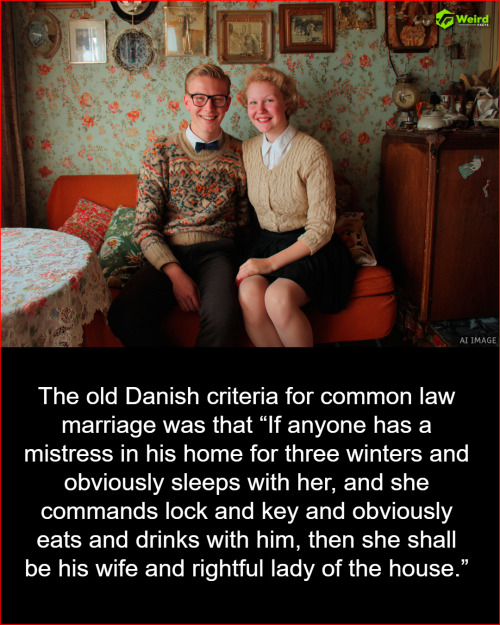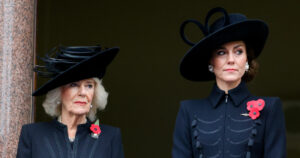You Won’t Believe the Shocking Danish Rule That Defined Common Law Marriage for Centuries
Ever wondered if the secret to a medieval Danish marriage was just surviving three winters under the same roof—and locking the door behind you? Turns out, back in circa 1241, a guy simply needed to have his mistress visibly sharing meals, bedtime, and the keys to his humble abode across three consecutive chilly seasons, for her to snag the legal title of “rightful lady of the house.” Sounds like a romantic sitcom plot, doesn’t it? Yet this wasn’t fiction but a legit part of Danish law known as Jyske Lov, a quirky ancestor to today’s common-law marriages. It’s wild to think that long before modern legalese, living openly together and sharing a few winters could seal the deal. If you’re curious how these old-school rules shaped notions of partnership, you might find this peek into medieval love—and legislation—both entertaining and eye-opening. LEARN MORE
The old Danish criteria for common law marriage was that “If anyone has a mistress in his home for three winters and obviously sleeps with her, and she commands lock and key and obviously eats and drinks with him, then she shall be his wife and rightful lady of the house.”
Danish medieval law (Jyske Lov, circa 1241) recognized a form of common-law marriage: if a man kept a mistress in his home for three consecutive winters, openly lived with her—sleeping together, sharing meals, locking the door—then under § 27 she was legally considered his wife and mistress promoted to “rightful lady of the house.” This customary recognition parallels the idea of modern common-law marriage.




















